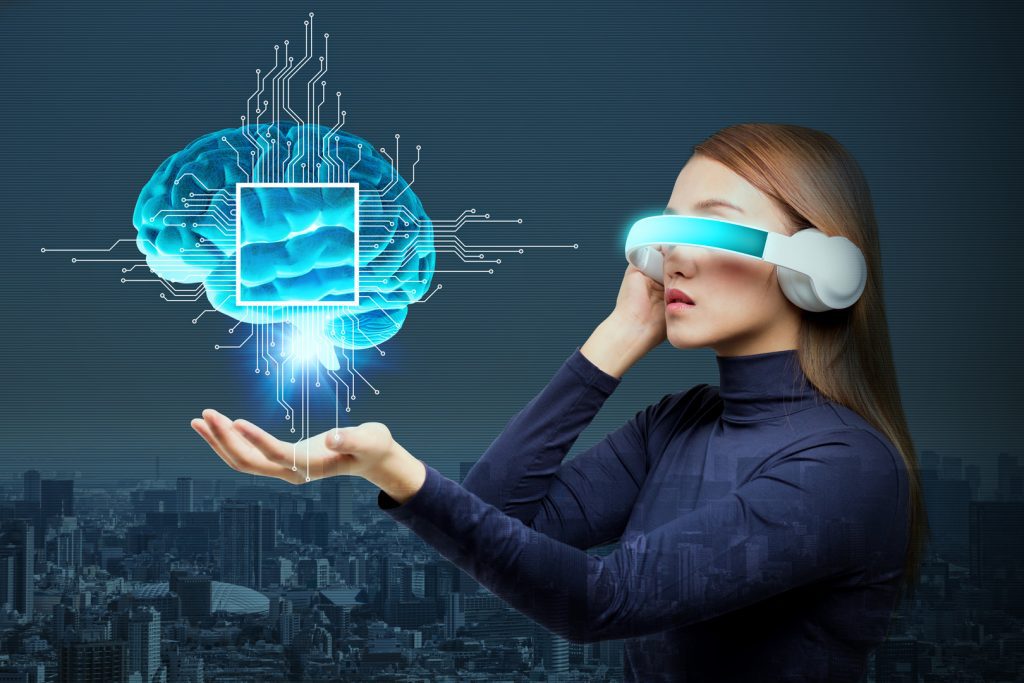Whether you’re a business leader, investor or cybersecurity expert, it’s essential to understand how AI impacts your work. You should also understand the underlying technology, how it works and its limitations.
When generative AI first hit the market, most business leaders’ knowledge was limited to marketing materials and breathless news coverage. Today, the technology is much more advanced and accessible to business leaders.
1. Generative AI
Generative AI is making waves across many industries, from students who save time on essay writing to leaders at the world’s top tech companies. However, it has also generated a number of concerns. For example, generative AI models can generate fake images and voices. This has led to a rise in deep fakes, which are being used for malicious purposes.
It’s important for organizations to understand the risks associated with generative AI. They should ensure they are maximizing potential, minimizing risk and responsibly scaling their use of this technology. In addition, they should look for opportunities to leverage generative AI tools that enhance productivity and improve business processes. For example, generative AI tools can automate back-office functions and improve recruiting. This can help companies fill critical talent gaps and address the developer shortage.
2. Multimodal AI
Multimodal AI uses advanced fusion mechanisms to combine data from multiple sources, allowing it to better understand complex real-world data. For example, a customer service chatbot could use text and voice to understand customers’ queries, interpreting nuances like tonality and inflection.
This enables the AI to answer questions with more context, speeding up response times and improving accuracy. In addition, it can reduce costs by automating repetitive tasks.
For example, generative AI can create detailed meeting minutes by processing the speaker’s audio, visual, movement, thermal, and depth data using a single multimodal model. This enables businesses to improve business processes, create more personalized experiences, and drive revenue growth. In industries like banking, high tech, and life sciences, generative AI is expected to boost R&D productivity by 10-15%.
3. Deep learning
Deep learning is the core of many AI applications. The neural networks that power everything from facial recognition on TikTok to OpenAI’s Dota bot beating professional players are built with this technology. The time series forecasting that fuels financial sector predictions and the inventory management systems that keep your grocery store shelves stocked are powered by deep learning.
It’s the technology behind Apple’s Siri and Amazon Alexa voice assistants and Google Home. Google even used it to create a virtual try-on feature for apparel so customers can see what clothes look like on them.
As this AI trend continues to evolve, some governments are developing frameworks for regulation. This is a response to potential risks, including the use of AI for censorship and misinformation through tools such as deepfakes and automated news articles.
4. Robotics
Robotics is an important AI trend that’s advancing at a rapid pace. This technology enables businesses to automate tasks and increase productivity. It can also help reduce costs and improve efficiency. It is used in manufacturing and various other sectors like transportation. Some examples of robotics include self-driving cars and drones.
Another big AI trend to watch is the increasing number of open source generative models. These tools allow businesses to create immediately usable images, graphics and marketing copy. They’re becoming more accessible and easier to use than proprietary options like ChatGPT.
As the AI industry grows and evolves, it’s more important than ever to keep an eye on these AI trends to ensure you’re implementing the right solutions for your business. By doing so, you’ll be able to maximize the ROI of your AI investments.
5. Natural language processing
AI-based language tools have the potential to be a transformative tool for businesses of all types. They can automate mundane tasks, free up skilled labor to focus on higher-level work, and reorganize processes to improve productivity.
For example, natural language processing can translate text data into grammatical structures and assign part-of-speech tags. This allows AI programs to interpret user input, such as asking for a recipe for macaroni and cheese. The program would then interpret the request as a sentence and generate a list of ingredients and step-by-step instructions.
As AI grows into an integral business technology, lawmakers and regulators are working on frameworks to guide its use. This year, expect more public discourse on AI regulation and how to balance the benefits of this powerful technology with its inherent risks.


